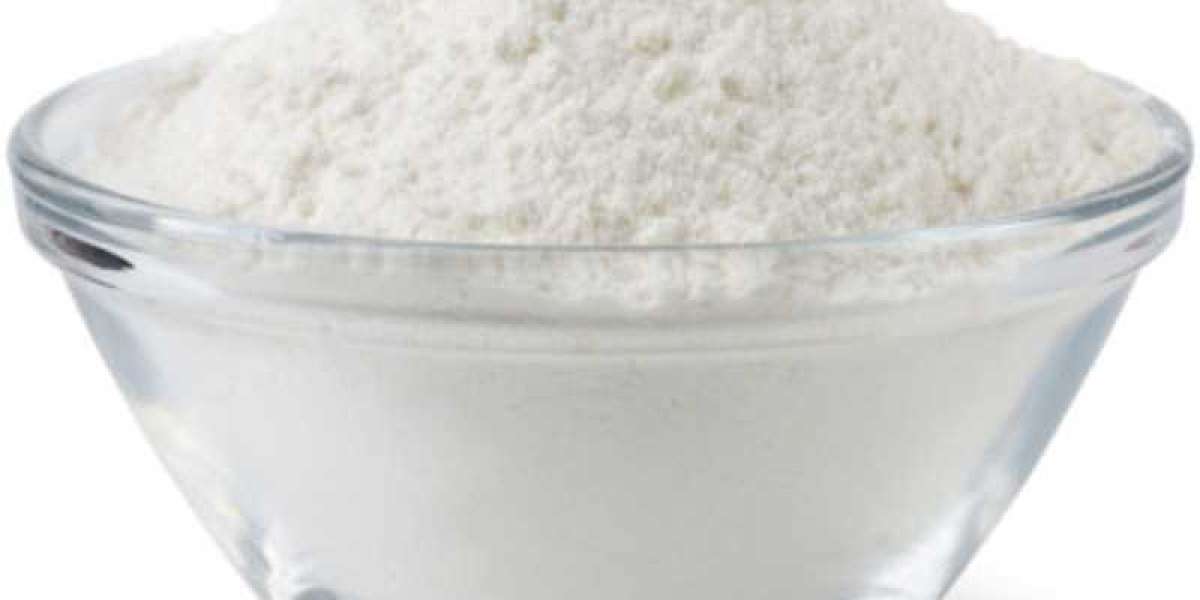Combustion Reactions
- Burning of Charcoal
- Reaction Conditions: Charcoal (mainly composed of carbon) burns in the presence of sufficient oxygen.
- Reaction Equation: C+O2ignitionCO2
- Phenomena: When charcoal burns in oxygen, it emits a bright light, releases a large amount of heat, and produces a gas (carbon dioxide) that can turn limewater cloudy.
- Applications: The heat released from burning charcoal can be used for heating and barbecuing.
- Hydrogen Combustion
- Reaction Conditions: Hydrogen gas burns in air or oxygen.
- Reaction Equation: 2H2+O2ignition2H2O
- Phenomena: Hydrogen burns with a pale blue flame, releases heat, and produces water vapor that condenses into droplets on the container walls.
- Applications: Hydrogen combustion produces water as a byproduct and is pollution-free, making it an ideal clean fuel for fuel cells and other new energy applications.
Acid - Base Neutralization Reactions
- Hydrochloric Acid and Sodium Hydroxide Reaction
- Reaction Conditions: Hydrochloric acid (an acid) and sodium hydroxide (a base) solutions are mixed.
- Reaction Equation: HCl+NaOH→NaCl+H2O
- Phenomena: There is no obvious gas evolution or precipitate formation during the reaction. However, the acidity or alkalinity of the solution changes. This can be detected using an indicator (such as phenolphthalein). Before the reaction, sodium hydroxide solution turns phenolphthalein red. As hydrochloric acid is added, the red color gradually fades. When the red color just disappears, it indicates that the acid and base have reacted completely.
- Applications: This type of reaction can be used to treat acidic or alkaline wastewater, neutralizing it to reduce environmental pollution. For example, factories can use alkaline substances to neutralize acidic wastewater before discharging it.
- Sulfuric Acid and Calcium Hydroxide Reaction
- Reaction Conditions: Sulfuric acid and calcium hydroxide solutions are mixed.
- Reaction Equation: H2SO4+Ca(OH)2→CaSO4+2H2O
- Phenomena: Calcium sulfate, which is slightly soluble in water, is formed during the reaction, causing the solution to become slightly cloudy.
- Applications: In the construction industry, calcium sulfate can be used to manufacture building materials such as gypsum boards. Also, this reaction can be used in laboratories to prepare calcium sulfate compounds.
Single - Replacement Reactions
- Iron and Copper Sulfate Solution Reaction
- Reaction Conditions: An iron wire is immersed in a copper sulfate solution.
- Reaction Equation: Fe+CuSO4→FeSO4+Cu
- Phenomena: A layer of red copper deposits on the surface of the iron wire, and the solution changes color from blue (copper sulfate solution) to light green (iron(II) sulfate solution).
- Applications: This reaction can be used to verify the reactivity series of metals. In the reactivity series, iron is placed before copper, so iron can displace copper from its salt solution. In actual production, this principle is applied in hydrometallurgy, such as recovering copper from waste solutions containing copper ions.
- Zinc and Hydrochloric Acid Reaction
- Reaction Conditions: Zinc granules are placed in hydrochloric acid.
- Reaction Equation: Zn+2HCl→ZnCl2+H2↑
- Phenomena: Bubbles of hydrogen gas form on the surface of the zinc granules. The solution changes from colorless to light yellow (due to zinc ions), and the zinc granules gradually dissolve.
- Applications: This reaction can be used in the laboratory to produce hydrogen gas. Hydrogen is an important industrial raw material used in the synthesis of ammonia, hydrogenation reactions, and other processes.
Double - Replacement Reactions
- Calcium Carbonate and Hydrochloric Acid Reaction
- Reaction Conditions: Calcium carbonate (such as limestone) reacts with hydrochloric acid solution.
- Reaction Equation: CaCO3+2HCl→CaCl2+H2O+CO2↑
- Phenomena: Bubbles of carbon dioxide gas form on the surface of the solid calcium carbonate, and the solid gradually dissolves.
- Applications: In industry, this reaction is used to produce carbon dioxide gas. Carbon dioxide has a wide range of applications, including fire extinguishing, refrigeration, and making carbonated beverages. Additionally, limestone is an important building material.
- Barium Chloride and Sodium Sulfate Reaction
- Reaction Conditions: Barium chloride solution is mixed with sodium sulfate solution.
- Reaction Equation: BaCl2+Na2SO4→BaSO4↓+2NaCl
- Phenomena: A white precipitate of barium sulfate forms during the reaction. Barium sulfate is insoluble in water and acids.
- Applications: Barium sulfate is used in medical "barium meals" for X - ray examinations of the gastrointestinal tract. It can effectively block X - rays, allowing doctors to clearly observe the condition of the gastrointestinal tract. In industry, barium sulfate is also used to manufacture white pigments.








